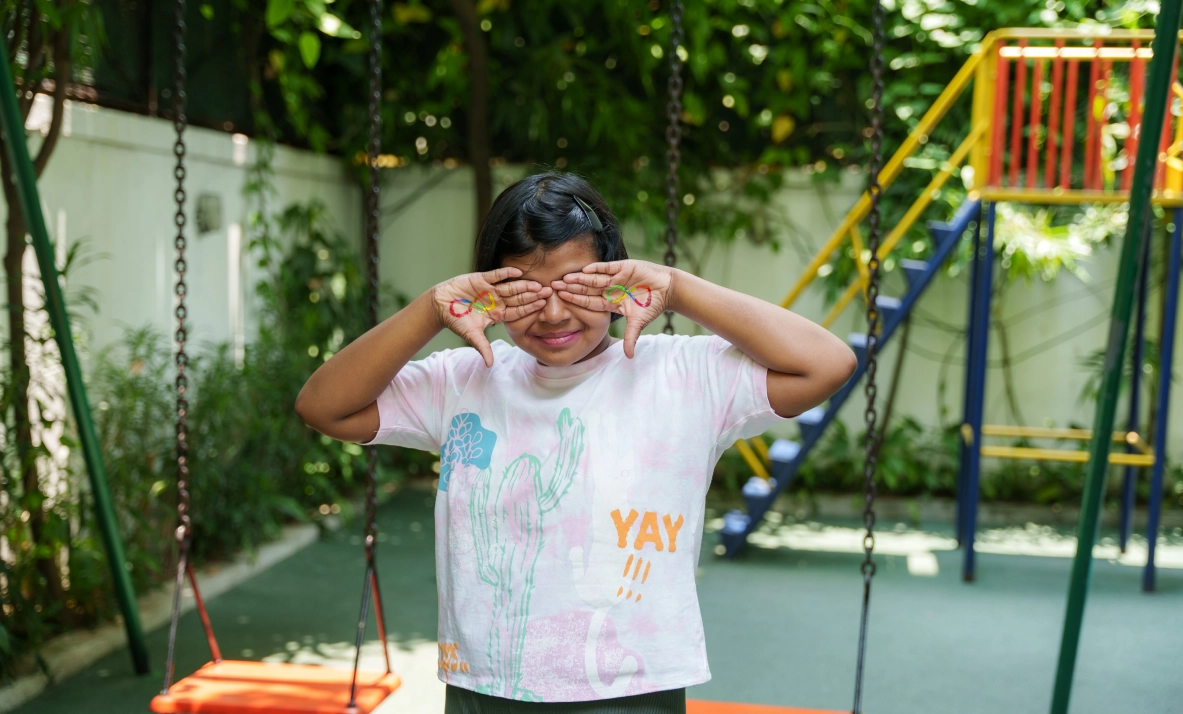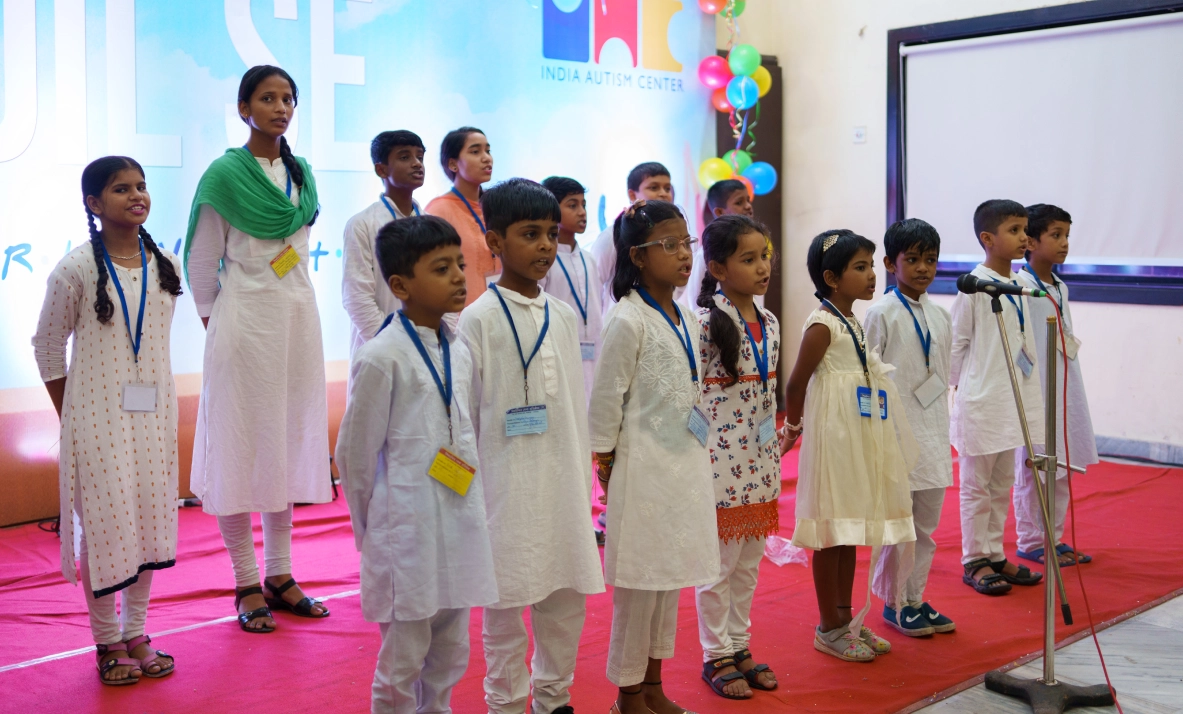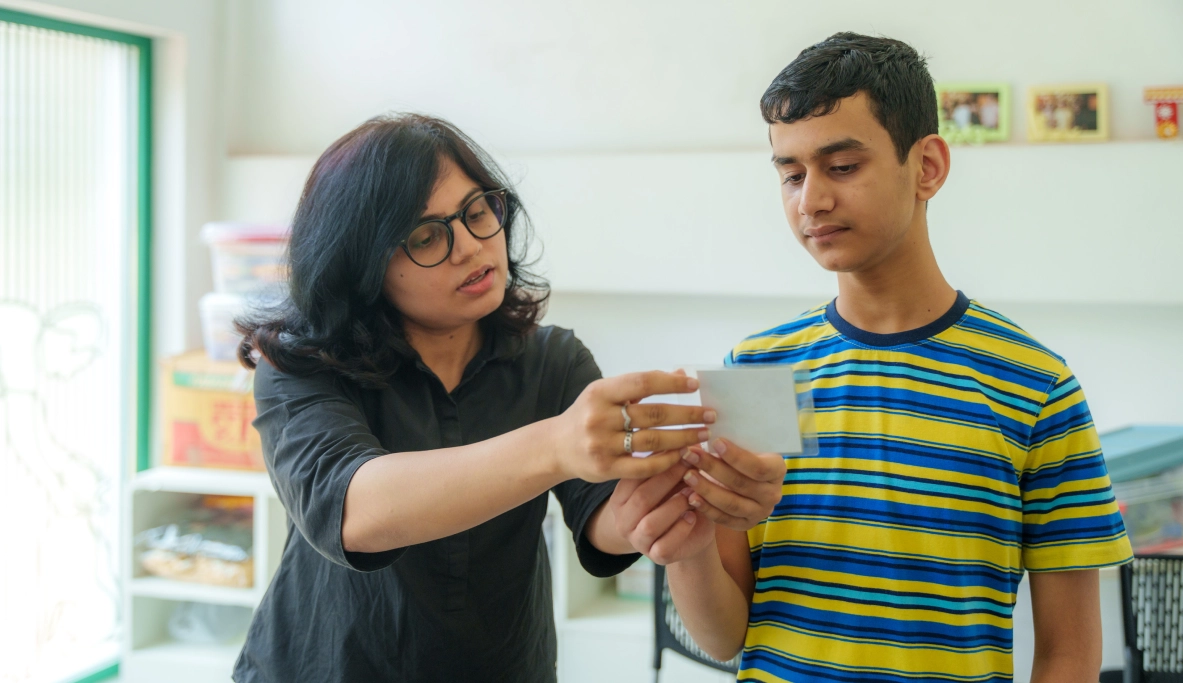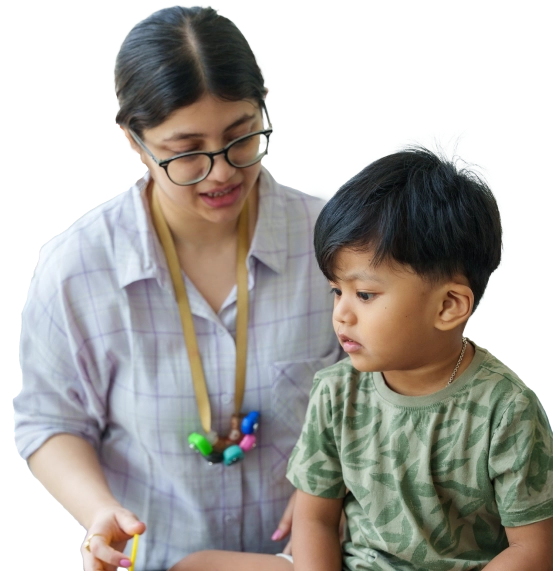Most autism research, especially around assessment tools, has one major flaw: It’s not built for everyone.
Standard tests are often designed for verbal individuals with lower support needs, and most of them come from Western contexts.
But what about autistic individuals in India who need higher levels of support?
What about those who are non-verbal, have co-occurring intellectual disability (ID), or live in low-resource settings?
That’s exactly what this project sets out to fix.
What Is the Test Battery Project?
This innovative study by the India Autism Center and its research partners is developing a phenotyping test battery—a collection of tools that evaluate how autism manifests across different domains, especially for individuals with high support needs in India.
It goes beyond what traditional questionnaires or verbal tasks can do.
How? Well, here’s what it includes:
- Executive function (like impulse control and mental flexibility)
- Motor skills (both fine and gross coordination)
- Sensory responses (hypersensitivity or hyposensitivity to touch, sound, etc.)
- Social interest and motivation
- Sleep patterns and diet
- Speech, communication, and emotional regulation
- Psychophysiology (nervous system responses to stress or stimuli)
Why Does This Study Matter?
Because one-size-fits-all assessments don’t work for everyone.
In profound autism or autism with co-occurring ID, traditional tools fall short—often relying heavily on expressive language.
But what if a child can’t speak? Or responds differently to unfamiliar settings or people?
This study focuses on non-verbal, task-based tools, culturally adapted for India.
Because India lacks localized, inclusive data.
Most assessment tools are imported from Western countries, with little or no validation in Indian populations.
This study builds tools for Indian contexts—for Indian families, by Indian researchers.
What Makes This Study Unique?
Neurodiversity-Informed Design: Instead of forcing autistic individuals to “fit the test,” the test is designed to fit them, accounting for individual strengths and needs.
Inclusion of High Support Needs: The study prioritizes participants who are often left out of research due to the complexity of their needs.
Low-Resource Adaptation: Tools are designed to work even in settings with limited access to therapists, tech, or infrastructure.
Performance-Based Measures: Rather than asking caregivers to answer endless forms, researchers use observational, task-based methods that capture real behaviors.
Impact of the Study
This isn’t just a test battery. It’s the foundation of something much bigger:
- A common yardstick to evaluate therapies and interventions
- A way to predict individual responses to different support strategies
- A first step toward building a long-term, India-based phenotypic database for profound autism





